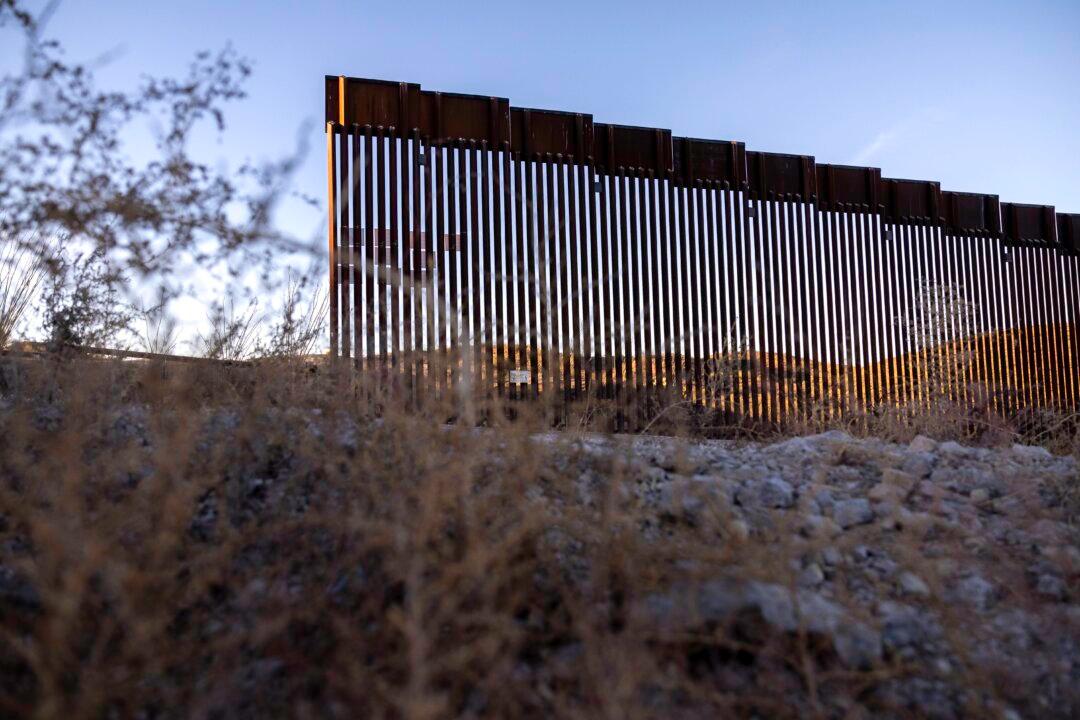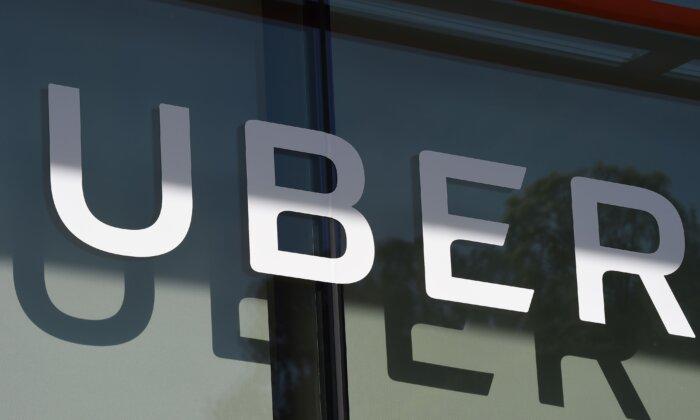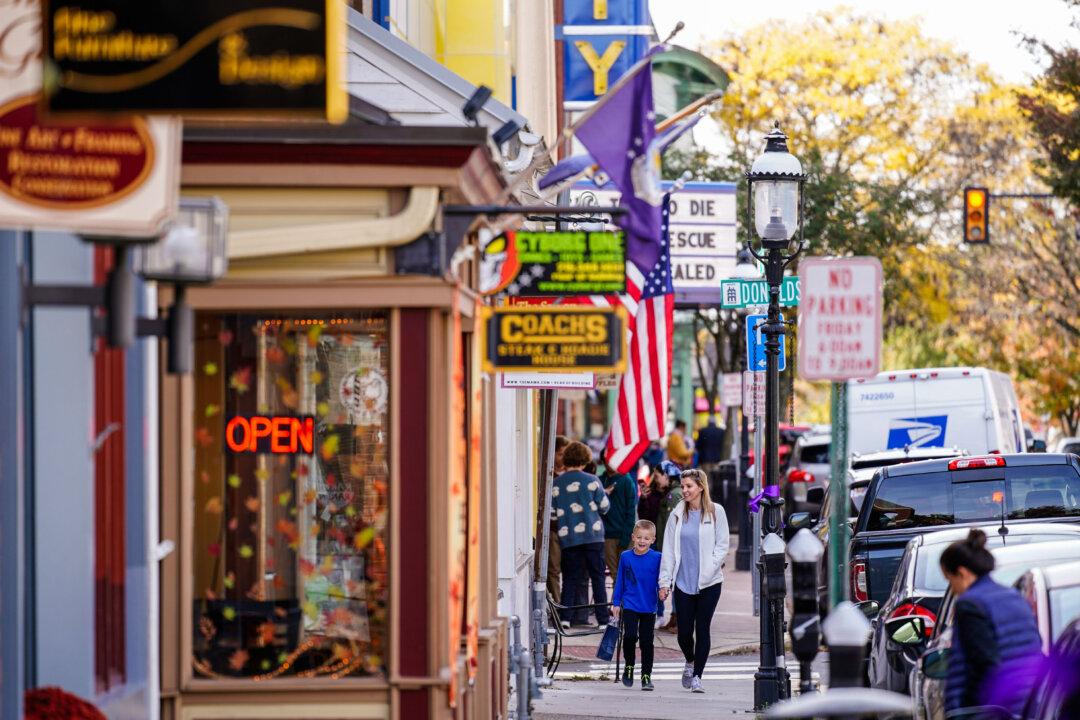The number of American citizens without health insurance coverage has hit an all-time low, according to the U.S. Department of Health and Human Services (HHS).
The report credited the “significant gains” in health insurance coverage in 2021 and 2022 to the Biden administration’s policies. Between late 2020 and early 2022, uninsured rates among adults declined, from 14.5 percent to 11.8 percent, while that for children fell, from 6.4 percent to 3.7 percent.
The gains are “concurrent with the implementation of the American Rescue Plan’s enhanced Marketplace subsidies, the continuous enrollment provision in Medicaid, several recent state Medicaid expansions, and substantial enrollment outreach by the Biden–Harris administration in 2021–2022,” the report said.
The $1.9 trillion American Rescue Plan implemented last year lowered out-of-pocket costs and premiums for new and returning customers who bought health plans via the Affordable Care Act’s private health insurance markets.
Rising Health Insurance Costs
Though the Biden administration is presenting the increase in health insurance coverage as an achievement, not many experts see it that way.“It’s only the latest attempt to gift more people taxpayer-sponsored health coverage. The result will be rising premiums, fewer coverage options, and ballooning costs for the public,” Pipes warned in the article.
The American Rescue Plan removed salary caps, with the result that even families making more than $300,000 can get a subsidy of more than $1,000 in insurance plans.
Health plans used to control costs by allowing people to pick one which suited their budget, lifestyle, health, and age. But after President Barack Obama signed into law the Affordable Care Act in 2010, these options have been removed. Insurance plans now offer people “essential services” like psychotherapy and maternity leave, which many do not need.
In 2021, Medicare benefit payments came in at $689 billion. The nonprofit Kaiser Foundation calculates that Medicare outlays will rise to $1.6 trillion by 2032.
Between 2000 and 2021, Medicare spending per person jumped, from $5,800 to $15,300. As more American adults live into their 80s and beyond, the aging population will add to higher-per-beneficiary and total Medicare spending, the organization stated.





